Any digital tools – AI or not – that enable recruiters to spend less time on repetitive and time-consuming tasks and more time engaging with clients and candidates have got to be a good thing.

Social recruiting is great, but building an engaging personal brand and consistency at every touchpoint can make serious demands on your time. This is where an AI assistant really comes into its own.
To discover how easy it is to enhance social recruiting with AI, we spoke to Darren Westall, CEO of Paiger, the AI marketing assistant built for recruiters and salespeople.
Build A Better Network
People buy from people. LinkedIn has moved away from being a headhunting tool to being a social network for professionals.
– Darren Westall, CEO, Paiger
Let’s face it, posting job ads across multiple social media channels and job boards is a time-consuming task. Especially when you want to maintain consistency, avoid unintentional bias, and present a cohesive and appealing employer brand. There’s a lot of extra work involved. From manually entering details about a company and a role to setting up the correct metadata and choosing a captivating and on-brand image – it’s all time taken away from core activities. But it’s also a social recruiting essential.
For professional platforms such as LinkedIn, in the last 5 years or so, the balance has started to shift. They’re no longer just another space to headhunt or be headhunted; they’re somewhere to grow a professional social network and develop a personal brand for both businesses and people. They’re also a space where companies can build their brand as an employer to increase their appeal to ideal candidates.
And yet, 95% of people and businesses don’t actually share content on LinkedIn. This represents a huge missed opportunity. For employers and their recruiters, putting together engaging social content can help tease out passive candidates. Get social recruiting right, and it can surface hidden talent. The challenge, as always, is the time and cost it takes to create this content.
Cut Through The Noise
I don’t expect a recruiter in the software development space to understand Python. I do expect them to know the average salary for a Python developer with machine learning experience, based in London.
– Darren Westall, CEO, Paiger
Getting the attention of passive talent across different sectors from healthcare to software development takes carefully crafted content posted in the right places. A good starting point is to think about where your potential candidates are, who they are, and which social networks they’re likely to spend time on. That information then determines where to invest in terms of social recruiting.
Social media platforms are busy places. Standing out from the crowd is no easy feat and, according to the statistics, only 5% of people and businesses are posting. The effort it takes to cut through the noise requires creativity and confidence. Sadly, many brands feel they don’t have the right to occupy a particular space. They question their own authority: are they really the expert?
Recruitment is one of those industries which can quickly become very niche. For that reason, there’s sometimes a lack of belief in recruiters who need to niche down further on their market. Often, all it takes is to remove writer’s block to enable recruiters to get posting. That’s where AI comes on.
Inside The AI Toolkit

Paiger is an AI assistant. Not only can it be used in social selling and business development, it’s also helping tech-savvy recruiters to streamline their social recruiting processes. From CV writing prompts to tips for starting a new career, with Paiger’s AI assistant, recruiters and marketers can instantly get content-writing suggestions.
Not only that, but Paiger’s Ghost Writing tool automatically puts together content, leaving space around it for users to customize different aspects such as the company’s tone of voice, and the call to action. In this way, Paiger enables recruiters and businesses to build their personal brand by sharing relevant content to attract candidates or new clients.
Of course, recruiters’ networks are also another great place to share employer value proposition (EVP) content – anything from downloadable white papers to blog posts. Whether it’s the results of an employment survey or recent employer news, sharing company content across these networks is a surefire way to boost visibility and engagement with a recruiter’s or employer’s brand.
Positioning job postings within a wider package of engaging value-added content helps to build trust, authority, and engagement with prospects. The difficulty is that recruiters have enough to do without concerning themselves with brand guidelines. With Paiger, any content shared on behalf of a company goes out with the right assets and follows brand guidelines.
Integration With PCRecruiter
For social recruiters using PCRecruiter, integrating Paiger enables them to automatically feed it with their new job roles, ready for posting across social media. All it takes is the PCR Job Board and a request to our technical team for your database’s Paiger XML feed. The AI then combines this information with a marketing approved-image, the relevant hashtags, and the correct brand guidelines before sharing it out to their social media channels – whether that’s LinkedIn, Facebook, Twitter, or Instagram – all or just one. Job done!
AI is making social recruiters more efficient by supporting them with automated content creation, so they can get on with more important tasks – like talking to candidates. Find out more about combining PCRecruiter with powerful integrations like Paiger.

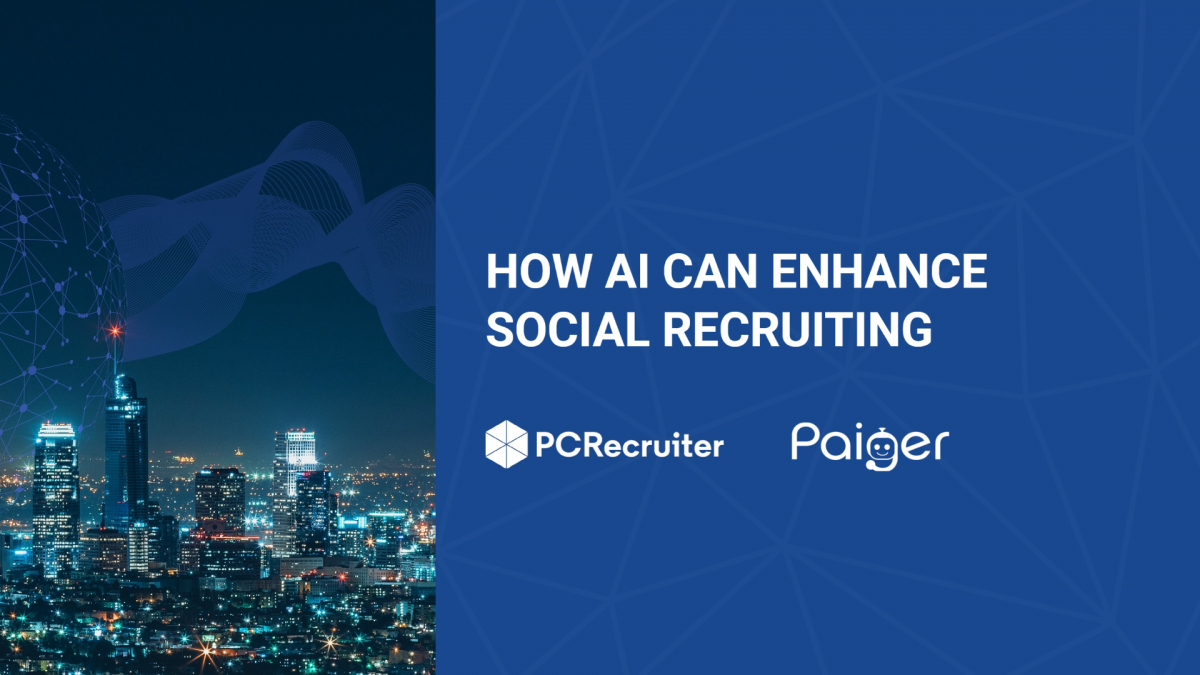
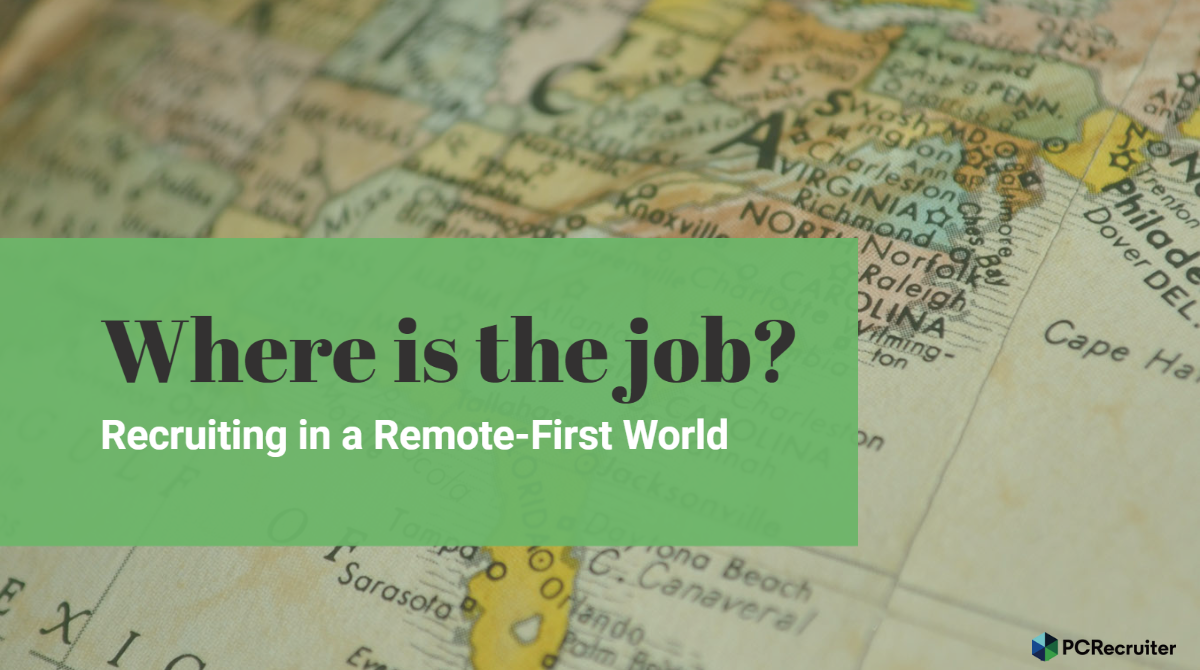


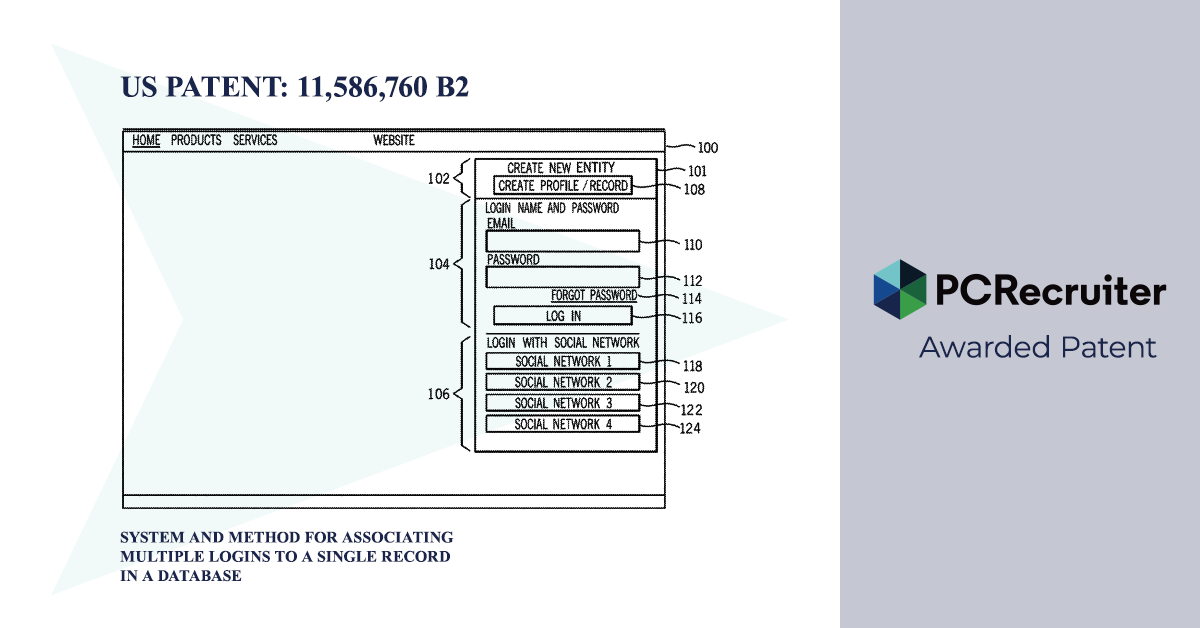
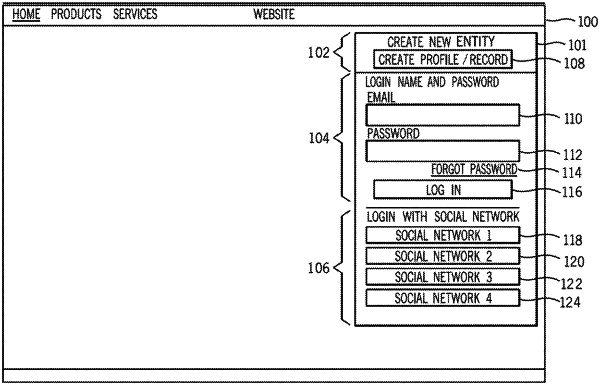
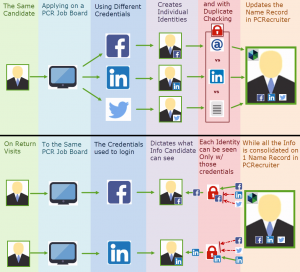

Recent Comments